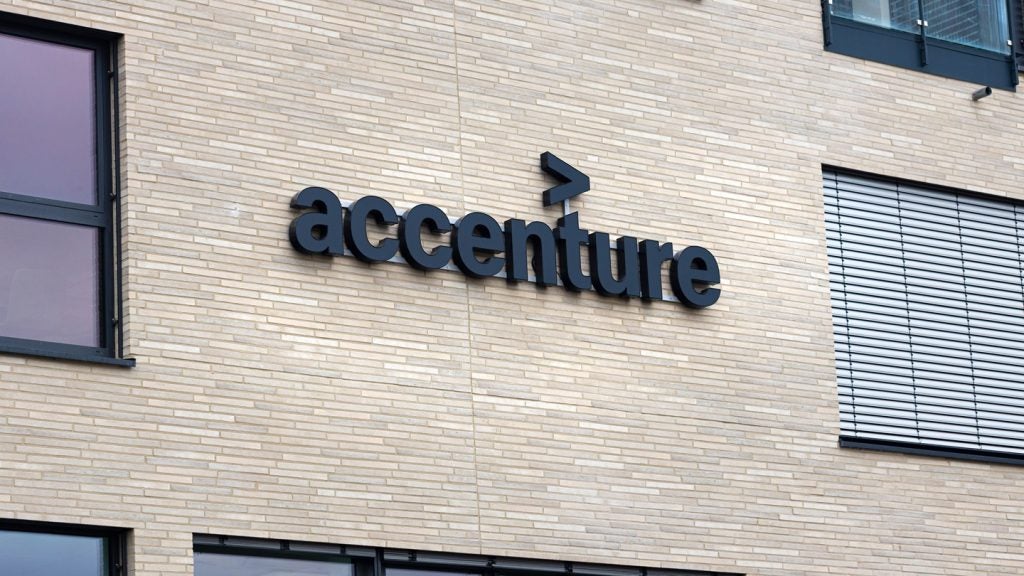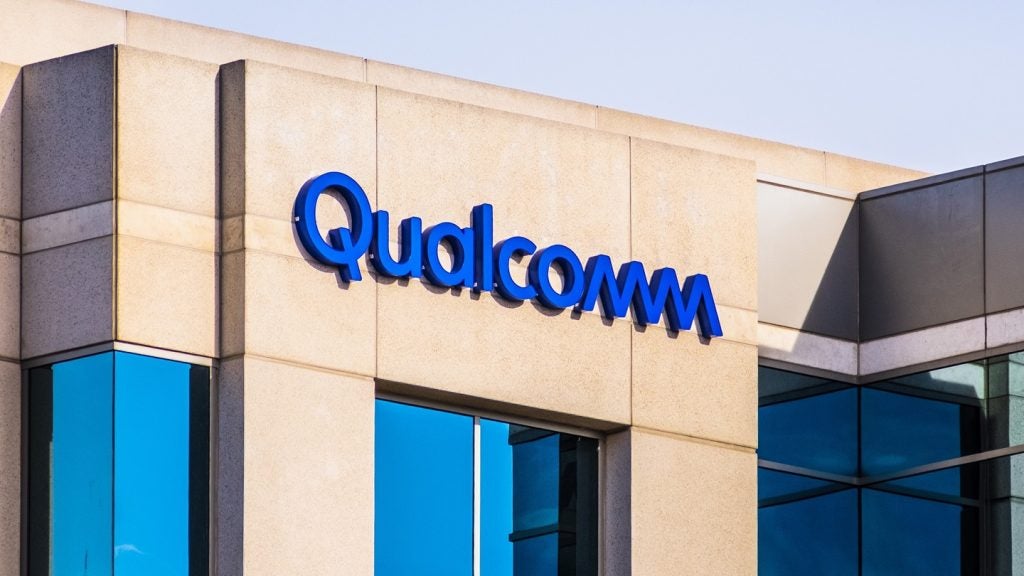In the latest stage of a financial transformation kicked-off last year under new CEO Alan Masarek, Avaya has entered a ‘Restructuring Support Agreement.’ Under the agreement, the company has secured $780 million in capital, pledged to eliminate total debt by 75%, and voluntarily filed for Chapter 11 bankruptcy protection. The company expects to complete the process in 60 to 90 days.
The restructuring agreement is the base of Avaya’s go to market strategy and brings significant benefits. The substantial swell of capital the company will receive to invest in its business, paired with the drastic reduction in debt, should significantly boost liquidity. Entering Chapter 11 will provide needed time to get the company’s financial house in order.
Concurrent with the restructuring, the company has refreshed the partnership established with RingCentral in 2019 to sell ‘Avaya Cloud Office by RingCentral’. Avaya will continue as the exclusive agent for direct and partner sales of this UCaaS offer and will sell to its installed base directly. In addition, Avaya will be compensated in cash as Avaya Cloud Office seats are sold. The expansion of the RingCentral partnership will widen go-to-market avenues and increase revenue for Avaya.
Challenges on multiple levels
However, Avaya faces challenges at multiple levels as it conducts its metamorphosis.
Avaya confronts obstacles that come with manoeuvring a large company when a new CEO jumps onboard. Whenever a company ignites a change in leadership, it enters a phase of uncertainty as new policies, processes, strategies, culture, and the like get implemented. The company has just embarked on its journey through this tumultuous period.
Avaya’s foundational strategy to guide cloud migrations at the customer’s pace is reminiscent of that in place under prior CEO Jim Chirico. It is also similar to the approach that competitors such as Cisco and Mitel are taking.

US Tariffs are shifting - will you react or anticipate?
Don’t let policy changes catch you off guard. Stay proactive with real-time data and expert analysis.
By GlobalDataAvaya’s financial restructuring plan is marked by weighty masses of debt and capital as well as sombre nomenclature (i.e., ‘bankruptcy’). While the steps Avaya is executing are bold, they are also required, and the magnitude of numbers involved comes with the territory when a firm of Avaya’s size and stature attempts to pivot. However, customers and competitors may cast a harsh light on the company’s efforts.
Avaya faces dual risks
Avaya faces the dual risk of customer doubt and abandonment in addition to competitor recriminations during the 60-to 90-day transition period and beyond. Despite a variety of hurdles, Masarek’s arrival has provided Avaya with an opportunity to rejuvenate itself. Working in The company’s favour is a base of 90,000 organizations of all sizes in nearly every industry and sector spread across 190 countries, a large partner ecosystem, one of the highest revenue bases in the industry, a sizable patent portfolio, and deep brand recognition.
If Masarek can harness these assets, implement greater transparency, reliability, and clarity, and carve out routes to market that are independent from his predecessor and competitors, the company will be on a promising path.









